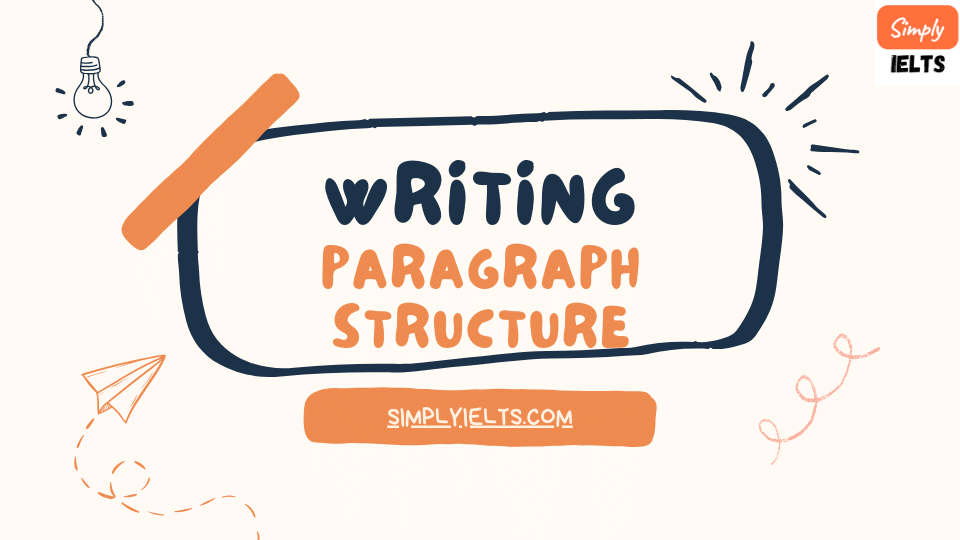
Paragraph Power: Building Blocks of Brilliant Writing
Have you ever stared at a blank page, unsure how to turn your thoughts into a cohesive piece of writing? The secret weapon you need might be hiding in plain sight – the mighty paragraph! This week, we’ll delve into the world of paragraph structure, transforming you from a writing apprentice to a paragraph-building ninja!
Why Paragraphs Matter?
Paragraphs are the building blocks of effective writing, forming the foundation of essays, articles, and even captivating stories. Just like strong bricks create a sturdy wall, well-structured paragraphs create clear and engaging writing.
The Recipe for a Powerful Paragraph:
Think of a delicious sandwich – a perfect metaphor for a well-crafted paragraph.
- The Topic Sentence (The Juicy Filling): This is the star of the show! The topic sentence introduces the main idea or point you want to convey. It’s like the scrumptious filling in the sandwich, telling the reader what the entire paragraph is about.
For Example: “Reading fiction can unlock a world of imagination and empathy.” (This topic sentence sets the stage for a paragraph about the benefits of reading fiction.)
- Supporting Details (The Flavorful Bread): These sentences are your loyal sidekicks, elaborating on the topic sentence and providing evidence to support your main point. They’re like the slices of bread that hold the filling in place, ensuring a satisfying experience for the reader.
How to Craft Compelling Supporting Details:
- Facts and Figures: Back up your claims with statistics or research findings to add credibility.
- Real-Life Examples: Share personal anecdotes or relatable stories to make your writing come alive.
- Vivid Descriptions: Engage the reader’s senses with descriptive language that paints a picture.
For Example: “Getting lost in a captivating story allows you to experience different cultures and perspectives firsthand. Imagine exploring the bustling streets of a medieval village or soaring through the stars on a spaceship – fiction makes it possible!” (These supporting details use vivid descriptions and the concept of imagination to strengthen the topic sentence.)
- The Concluding Sentence (The Bottom Bun): This sentence brings the paragraph to a satisfying close. It can summarize the main point, offer a final thought, or smoothly transition to the next idea. Think of it as the bottom bun that completes the delicious sandwich.
For Example: “So, the next time you’re looking for an adventure, pick up a book and get ready to be transported to a whole new world.” (This concluding sentence summarizes the main point of the paragraph about reading fiction in a new way and encourages the reader to take action.)
Examples of Topic Sentences:
- Healthy eating habits are essential for maintaining good health. (This topic sentence introduces the main idea of a paragraph about the importance of healthy eating.)
- The movie’s special effects were truly breathtaking. (This topic sentence sets the stage for a paragraph discussing the impressive visual effects in a film.)
- Learning a new language can open doors to exciting opportunities. (This topic sentence introduces the main point of a paragraph about the benefits of language learning.)
- Supporting Details (The Bread): These sentences elaborate on the topic sentence, providing evidence, explanations, examples, or illustrations to support the main idea. They’re like the slices of bread that hold the filling in place.
Examples of Supporting Details:
- You can include facts, statistics, or research findings to strengthen your point.
- Provide personal anecdotes or real-life examples to make your writing more relatable.
- Use vivid descriptions or sensory details to paint a picture for the reader and engage their senses.
- Concluding Sentence (The Bottom Bun): This sentence wraps up the paragraph, summarizing the main point or transitioning smoothly to the next idea. It’s like the bottom bun that completes the delicious sandwich.
Examples of Concluding Sentences:
- In conclusion, a healthy diet plays a crucial role in our overall well-being. (This concluding sentence summarizes the main point of the paragraph about healthy eating.)
- Overall, the special effects were a major highlight of the movie. (This concluding sentence provides a final takeaway about the visual effects.)
- Learning a new language can be a rewarding and enriching experience. (This concluding sentence restates the main idea of the paragraph about language learning in a new way.)
Practice Makes Perfect: Building Your Paragraph Muscles
Now that you’ve got the recipe, let’s get cooking! Here’s your chance to flex your paragraph-building muscles:
- Pick Your Topic: Choose something you’re passionate about – your favorite hobby, a recent movie, the importance of environmental protection.
- Craft a Killer Topic Sentence: Write a clear and concise sentence that captures the main idea you want to convey.
- Brainstorm Supporting Details: Think of facts, examples, or descriptions that will strengthen your topic sentence.
- Craft a Compelling Conclusion: Wrap up your paragraph with a satisfying final thought or a smooth transition.
Remember:
Mastering paragraph structure is an essential skill for effective writing. By following these steps and practicing regularly, you’ll be well on your way to crafting clear, concise, and impactful written communication. Stay tuned for next week, where we’ll explore the art of sentence variety – adding spice to your writing and keeping your readers engaged! In the meantime, grab your notebook and start building some amazing paragraphs!
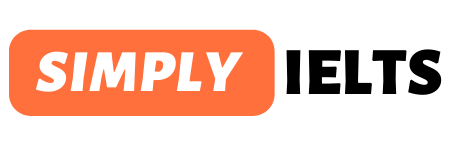
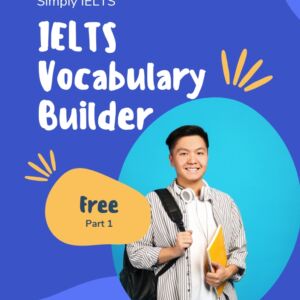
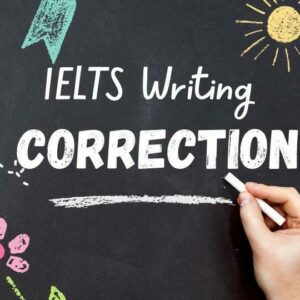

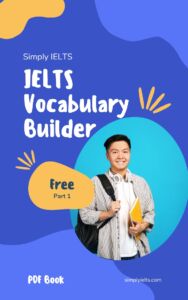
Responses